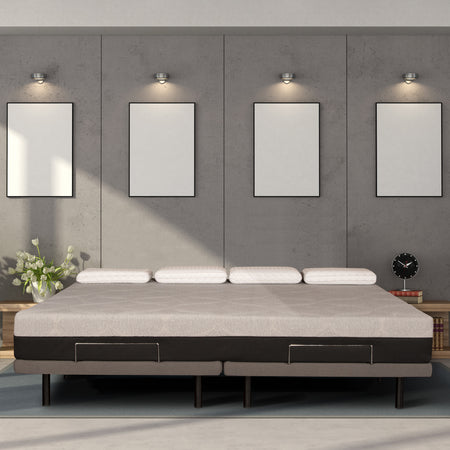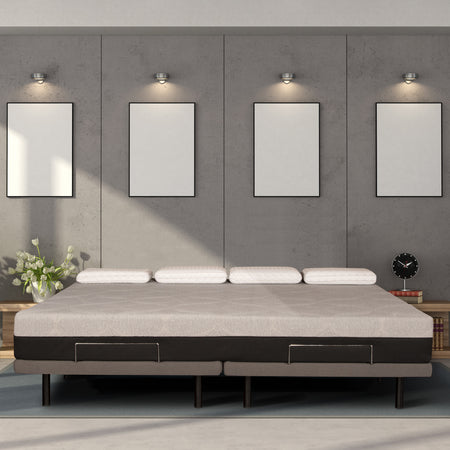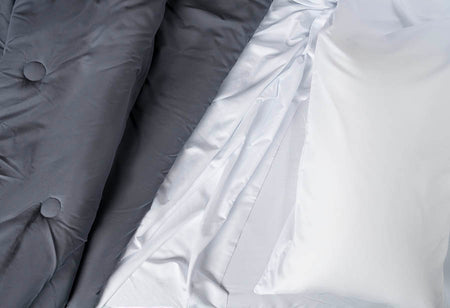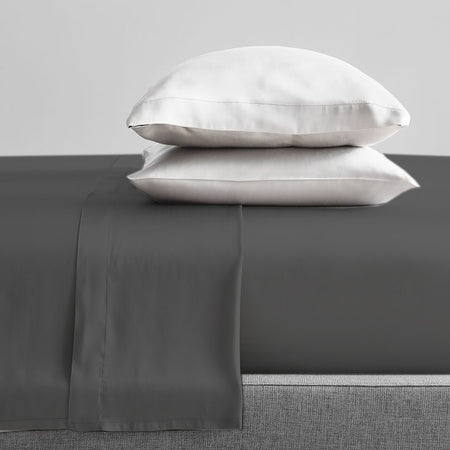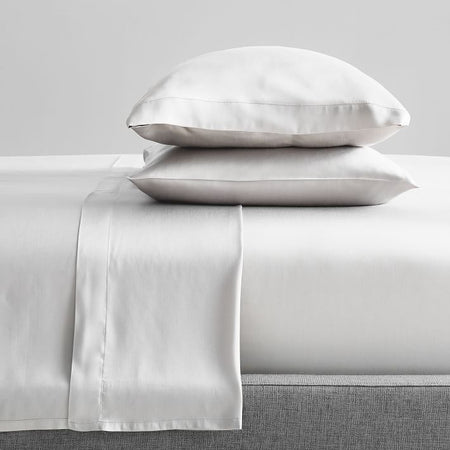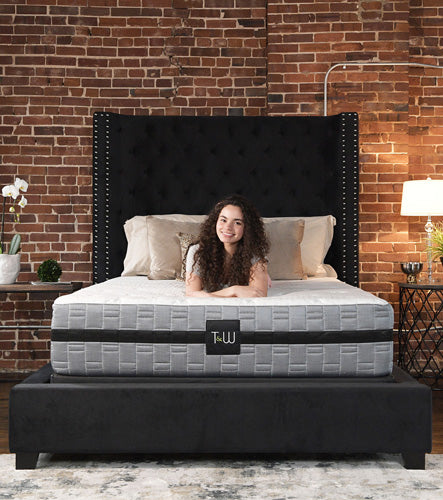Since the dawn of time, humans have needed a place to sleep. Even before the advancement of modern technology, and society as we know it, we have understood the necessity of getting a good night’s sleep. Throughout history, humans have constantly been evolving, and right along with us, the mattress. In the earliest of days, humans initially settled for sleeping on the ground and, now, at the heart of good rest lies the mattress.
A brief history of bedding in human civilization.
The first “beds” were created by our nomadic hunting and gathering ancestors. During prehistoric times, man was often unable to construct a shelter due to lack of knowledge and tools. This led to them constantly being on the move and often finding shelter in caves to stay safe from harsh elements or dangerous wildlife. It was common for them to dig holes in the ground, sometimes with a pile of leaves or grass, just whatever may have been available, and possibly a stone pillow.

When the majority of men stopped wandering, around 10 thousand years ago, they began settling into more permanent establishments, mainly to begin farming. They often built simple shelters, hunted in near proximity to their homes, and tilled the soil around their farms. At this time, beds had still not developed much as they were often just pile of leaves, grass, or straw in the corner of the room. If they were lucky, though, they may have had animal skins or furs to put on top. During this time, it was also standard practice for the entire family to share one sleeping space. While these “beds” helped to provide some degree of cushion from the hard ground, they were still full of bugs and disease.
As civilization progressed, the outdated piles of leaves and straw had become more refined. They had now progressed to being a sack woven out of cotton and then stuffed with any soft material available. The material inside often depended on what was readily at hand, this could include; wool, cotton, leaves, grain, animal hair, or feathers. This could be considered the precursor of the modern mattress. During this time, other cultures, such as those found in Asia, began sleeping on woven mats made from various plant fibers. It was also common to find goatskin bags filled with water that were often left outside during the day to capture all of the warmth.
How did mattresses become status symbols?

The first records of raised beds were found in Egypt around 3100 B.C.E. These would often look like simple wooden platforms that were raised in order to keep bugs and other pests, such as snakes and rats, from crawling directly onto the bed. Also, in keeping with Egyptian culture, the height of the platform signified social status; the higher the bed, the more important you were. This is perhaps the first time that mattresses were seen as a status symbol. The socially elite were also known to add ornate decorations to their beds, such as gold, ebony, and jewels. Unfortunately, for a slave, your bed was still just a pile of leaves on the floor.
By the late middle ages, and early renaissance era, the mattress was more commonly becoming that of a status symbol. This time also gave birth to the expression “sleep tight” as their platforms were traditionally made from a system of woven leather or rope lattices built into the frame, over time these would become loosened and need tightening. Also, during this time, the use of luxurious linens and fabrics to cover up a down feather mattress became more common, especially for those of high social status. The beds were often surrounded by sumptuous curtains, usually made of high end velvet.
During the 13th and 14th century is when the canopy bed became popular as a status symbol. The canopies were often suspended from the ceiling, or built onto or around the frame of the bed, these were called testers. Fabric curtains were hung all the way around, or sometimes partially, for added comfort, warmth, and additional protection from bugs and insects. The canopy helped to protect against drafts in the night, which were considered to be highly unhealthy at the time.
In the 17th century, two important modern day advancements were created in bedding.
The first were cotton filled mattresses, and the second were iron-rod frames. These both helped to eliminate harmful spread of microorganisms in the cotton as well as bugs and pests that like to damage the wooden structure of the bed frame. Around a hundred years later is when the invention of the metal box springs came along.

It is no secret, especially today, that the modern day mattress is still constantly evolving in order to keep up with the fast paced demands of life that the majority of Americans most endure on a day to day basis. While status symbols shift constantly, the mattress as one hasn’t, at least not for hundreds of years. This phenomena can be easily explained because everyone knows the high priced value of a good night’s sleep. However, thanks to technology, and consumerism, the mattress industry has boomed into a whole new market, allowing it to become an even bigger status symbol.
Thanks to the invention of the internet, consumers now have access to a more convenient way of shopping. Social media is also a contributing factor to the growth of mattresses as status symbols, as it is now easier than ever to access the everyday life of celebrities and everyday people. The growth of online shopping, combined with the social media frenzy, has led to the creation of new mattress brands and companies, all trying to compete in an increasingly demanding market. Just like new cars, houses, shoes, or handbags, the mattress has become something else needed in order to “keep up with the Joneses”. While it has always been something that showed others how important of a person you were, social media, the internet, and online shopping has made it ever more so.


